- Caster is relative to frame, the caster values must be compensated for the measured frame angle. Determine the frame angle by positioning a digital protractor or equivalent between the transmission support (2) and the #3 body mount (3) and obtaining a frame angle measurement.
- Frame angle is positive when higher in the rear. Measure both sides of the frame and take an average from those measurements. Then add the average frame angle to the caster reading when making adjustments.
- Frame angle is negative when lower in the rear. Measure both sides of the frame and take an average from the measurements. Then subtract the average frame angle from the caster reading when making adjustments.
- The caster and camber adjustments are made by rotating the offset cam bolt and the cam in the slotted frame bracket in order to reposition the control arm.
- For an accurate reading, do not push or pull on the tires during the alignment process.
- Determine the caster angle (2) .
- Determine the positive camber (2) or negative camber (3) angle.
- Remove the pinned adjusting cam insert. Do not reinstall the cam insert.
- Loosen the upper control arm cam adjustment bolts.
- Adjust the caster and the camber angle by turning the cam bolts until the specifications have been met.
- Verify that the caster and the camber are still within specifications. Refer to Wheel Alignment Specifications .
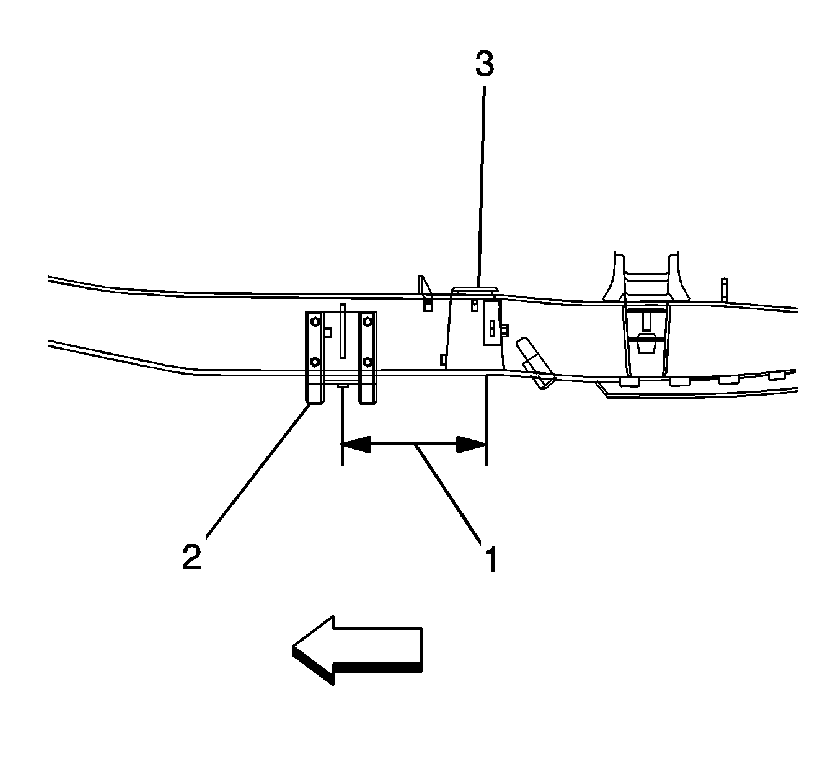
Important: Caster measurements or values must be compensated for the measured frame angle.
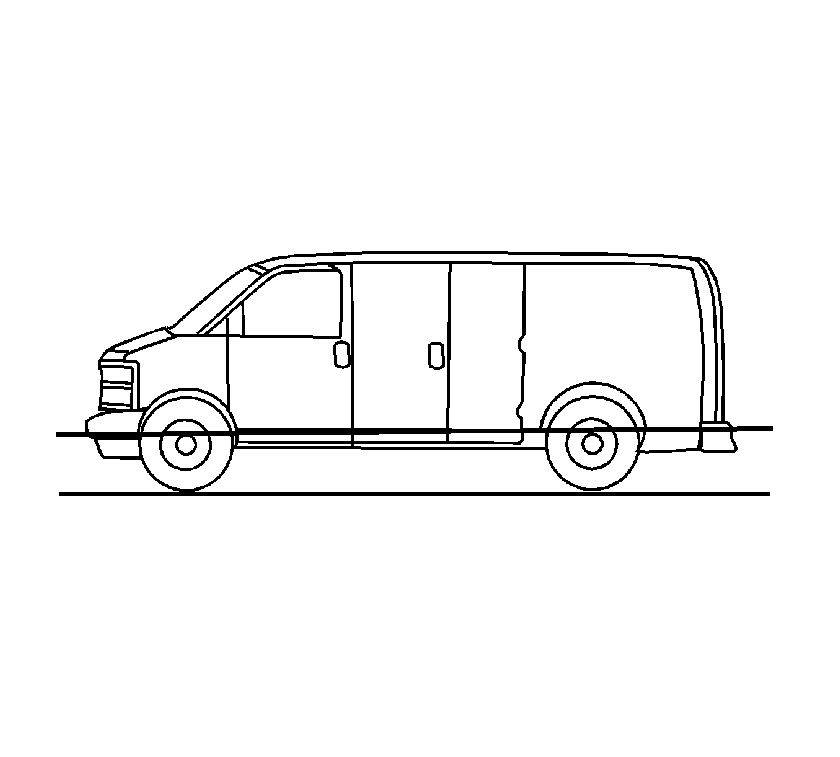
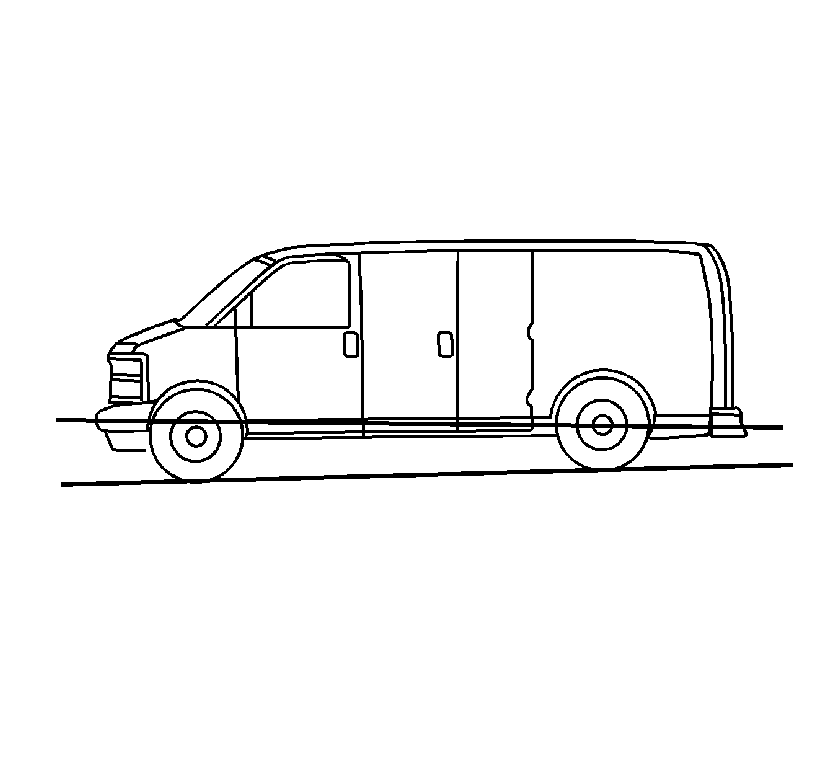
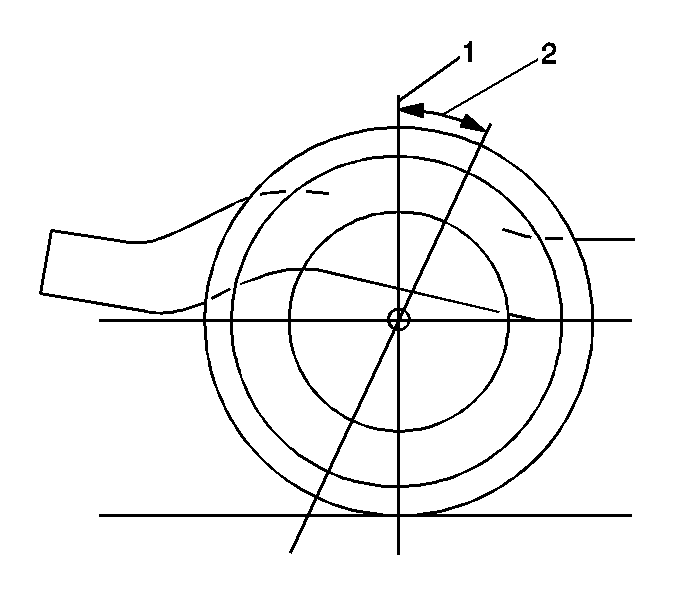
Important: Before adjusting the caster and camber angles, jounce the front bumper three times to allow the vehicle to return to normal height.
Measure and adjust the caster and the camber with the vehicle at curb height. The front suspension Z dimension is indicated in Trim Heights. Refer to Trim Height Inspection .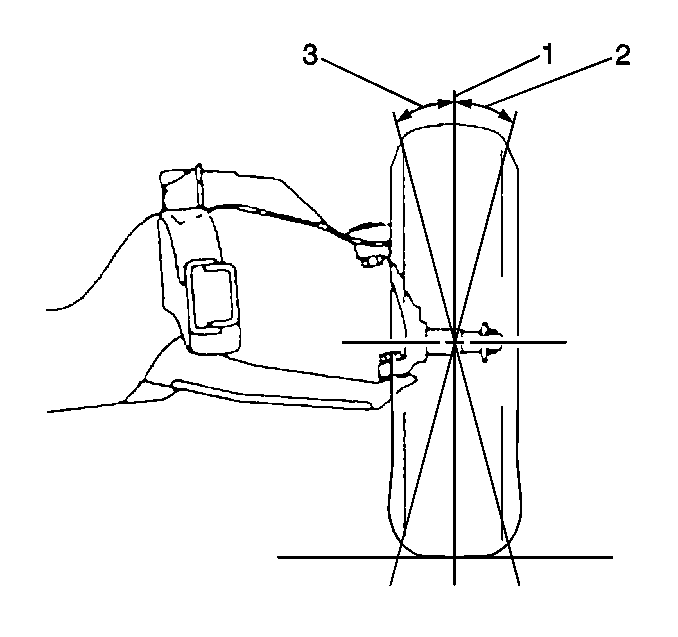
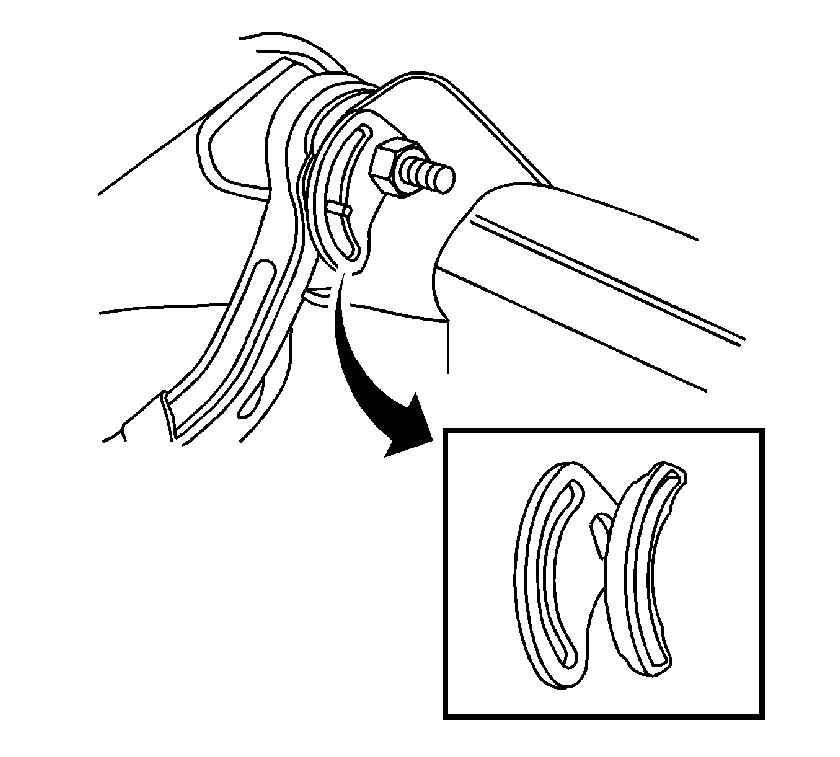
Notice: Use the correct fastener in the correct location. Replacement fasteners must be the correct part number for that application. Fasteners requiring replacement or fasteners requiring the use of thread locking compound or sealant are identified in the service procedure. Do not use paints, lubricants, or corrosion inhibitors on fasteners or fastener joint surfaces unless specified. These coatings affect fastener torque and joint clamping force and may damage the fastener. Use the correct tightening sequence and specifications when installing fasteners in order to avoid damage to parts and systems.
When the adjustments are complete, hold the cam bolt head in order to ensure the cam bolt position does not change while tightening the nut.
Tighten
Tighten the upper control arm nuts to 175 N·m (129 lb ft).
When the caster and camber are within specifications, adjust the toe. Refer to Front Toe Adjustment .
